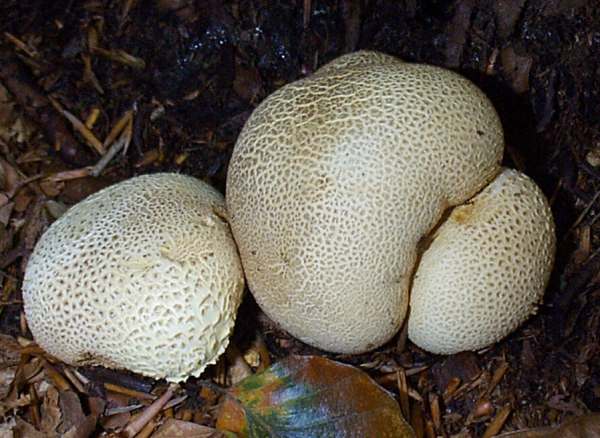Yeah definitely. I aim to self train, but I think it will take years. I only intend to eat them in a survival situation. I might go on some courses eventually. I have a few books including Bon Marcel and the 2 volume Fungi of Temperate Europe, 1600 pages, also River Cottage and Wild Food UK.steptoe wrote: ↑Sun Sep 18, 2022 1:39 pm I would say if you are going foraging for MUSHROOMS books are ok but there are a few very very POISONUS ones that minic the edibles and they can be hard to tell until you have a trained eye , if you do go either take someone who knows or be very careful if in doubt throw it out s the rule , unless you can be 100% sure you got an eater do not risk it some may just give you a bit of belly ache through to the runs and a little worse but others can kill in a flash and not even paramedics with all the drugs in the world can save you from some of them .
Nice to forage but do it very carefully
Watch the river cottage episode where huge and john take afriend each and have to collect the most varied items to make a meal watch when huge shows john the basket of mushrooms and john points out thet the ones huge thinks are good are poisonus
Anyway, what I wanted to say was, I've heard of poisonings where someone ID'd a fungi correctly, picked a few, but one of the lookalikes was lurking among them. You have to examine every one. Some lookalikes grow in different seasons, eg Velvet Shank and Funeral Bell, but if it's a mild winter they could overlap.
And you need to use multiple sources, eg 2 or 3 decent books. Bon and FTE use keys so you can ID from scratch. Bon is out of print and expensive but I picked up a copy dead cheap, mispriced obviously. FTE is about £100 list.
Spore prints and a good loupe or two are pretty essential, I'm not sure about a microscope.
